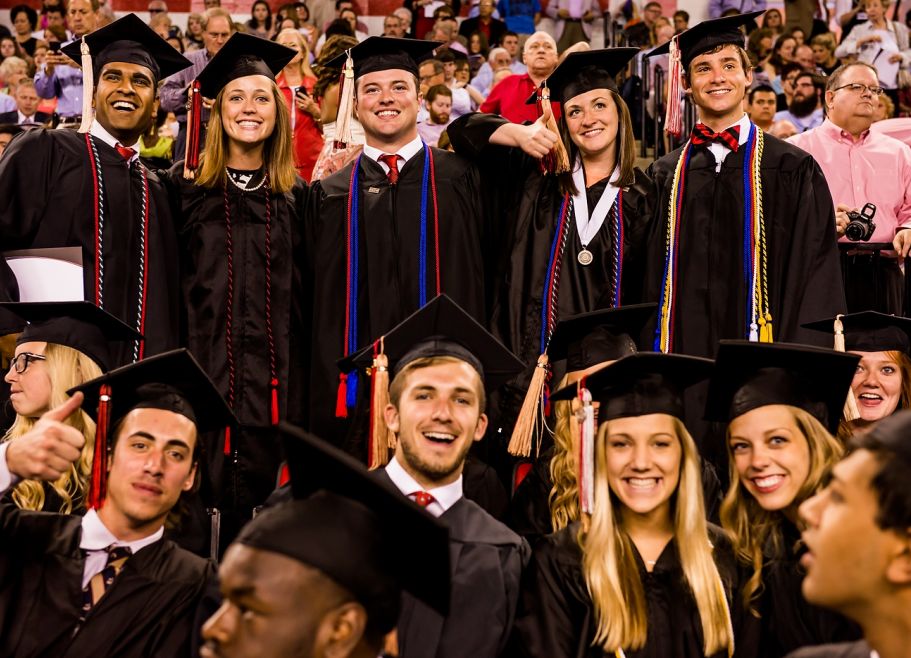Author Desk
Our Journals
JOURNALS || EIJO Journal of Engineering, Technology and Innovative Research (EIJO – JETIR) [ ISSN : 2455 - 9172 ]
Article Overview
Abstract
In this paper, monarch butterfly algorithm (MBA) is used to solve the short-term unit commitment problem (UCP) and the enhanced lambda iteration (ELI) method is used to solve the economic dispatch (ED) sub-problem. Based on MBA, the migration and butterfly adjusting operators have been utilized in the operation of MBA and thus, enhanced the quality of the solution. Performance of MBA is tested on 2 test systems comprising of 4-unit and 10-unit over the scheduling time horizon of 8 hours and 24 hours respectively. Results demonstrate that the proposed method is superior to the other reported methods in the literature.
Keywords: economic dispatch; monarch butterfly algorithm; unit commitment
Reference
- A.J. Wood, and B.F. Wollenberg, Power Generation, Operation and Control, 2nd ed. India: Wiley, 2007, pp. 131-155.
- T. Senjyu, K. Shimabukuro, K. Uezato, and T. Funabashi, “A fast technique for unit commitment problem by extended priority list,” IEEE Trans. Power Syst., vol. 18, no. 2, pp. 882-888, May 2003.
- P.K. Singhal and R.N. Sharma, “Dynamic programming approach for solving power generating unit commitment problem,” in Proc. IEEE Int. Conf. Computer and Communication Technology, Sep. 2011, pp. 298-303. DOI: 10.1109/ICCCT.2011.6075161
- C.L. Chen, and S.C. Wang, “Branch-and-bound scheduling for thermal generating units,” IEEE Trans. Energy Convers., vol. 8, no. 2, pp. 184-189, Jun. 1993.
- M. Carrion, and J.M. Arroyo, “A computationally efficient mixed-integer linear formulation for the thermal unit commitment problem,” IEEE Trans. Power Syst., vol. 21, no. 3, pp. 1371-1378, Aug. 2006.
- P.K. Singhal, “Generation scheduling methodology for thermal units using lagrangian relaxation,” in Proc. 2nd IEEE Int. Conf. Current Trends in Technology, pp. 1-6, Dec 2011.
- N. Simopoulos, S.D. Kavatza, and C.D. Vournas, “Unit commitment by an enhanced simulated annealing algorithm,” IEEE Trans. Power Syst., vol. 21, no. 1, pp. 68-76, Feb. 2006.
- K.A. Juste, H. Kita, E. Tanaka, and J. Hasegawa, “An evolutionary programming solution to the unit commitment problem,” IEEE Trans. Power Syst., vol. 14, no. 4, pp. 1452-1459, Nov. 1999.
- G. G. Wang, S. Deb, and Z. Cui, “Monarch butterfly optimization,” Neural Comput & Applic, 2015. doi: 10.1007/s00521-015-1923-y
- K. Deb, A. Pratap, S. Agarwal, and T. Meyarivan, “A fast and elitist multiobjective genetic algorithm: NSGA-II,” IEEE Trans. Evolut. Comput., vol. 6, no. 2, pp. 182-197, Apr. 2002.
- X. Yuan, H. Nie, A. Su, L. Wang, and Y. Yuan, “An improved binary particle swarm optimization for unit commitment problem,” Exp. Syst. Appl., vol. 36, pp. 8049–8055, 2009.
- D. Datta, and S. Dutta, “A binary-real-coded differential evolution for unit commitment problem,” Int. J. Electric Power Energy Syst., vol. 42, pp. 517-524, 2012.
- M. Eslamian, S.H. Hosseinian, and B. Vahidi, “Bacterial foraging-based solution to the unit-commitment problem,” IEEE Trans. Power Syst., vol. 24, no. 3, pp. 1478-1488, Aug. 2009.
- M.M. Hadji, and B. Vahidi, “A solution to the unit commitment problem using imperialistic competition algorithm,” IEEE Trans. Power Syst., vol. 27, no. 1, pp. 117-124, Feb. 2012.
- Y. Pourjamal, and S.N. Ravadanegh, “HSA based solution to the UC problem,” Int. J. Electric Power Energy Syst., vol. 46, pp. 211-220, 2013.
- K. Chandrasekaran, S. Hemamalini, S.P. Simon, and N.P. Padhy, “Thermal unit commitment using binary/real coded artificial bee colony algorithm,” Electr. Power Syst. Res., vol. 84, pp. 109-119, 2012.
- C.P. Cheng, C.W. Liu, and C.C. Liu, “Unit commitment by lagrangian relaxation and genetic algorithms,” IEEE Trans. Power Syst., vol. 15, no. 2, pp. 707-714, May 2000
- A.H. Mantawy, Y.L.A. Magid, and S.Z. Selim, “A new genetic-based tabu search algorithm for unit commitment problem,” Electr. Power Syst. Res., vol. 49, pp. 71-78, 1999.
- C. Wang, and S. M. Shahidehpour, “Effects of ramp-rate limits on unit commitment and economic dispatch,” IEEE Trans. Power Syst., vol. 8, no. 3, pp. 1341-1350, Aug. 1993.
- P.K. Singhal, R. Naresh, V. Sharma, and K.N. Goutham, “Enhanced lambda iteration algorithm for the solution of large scale economic dispatch problem,” in Proc. IEEE Int. Conf. Recent Advances and Innovations in Engineering, May 2014, pp. 1-6. DOI: 10.1109/ICRAIE.2014.6909294



